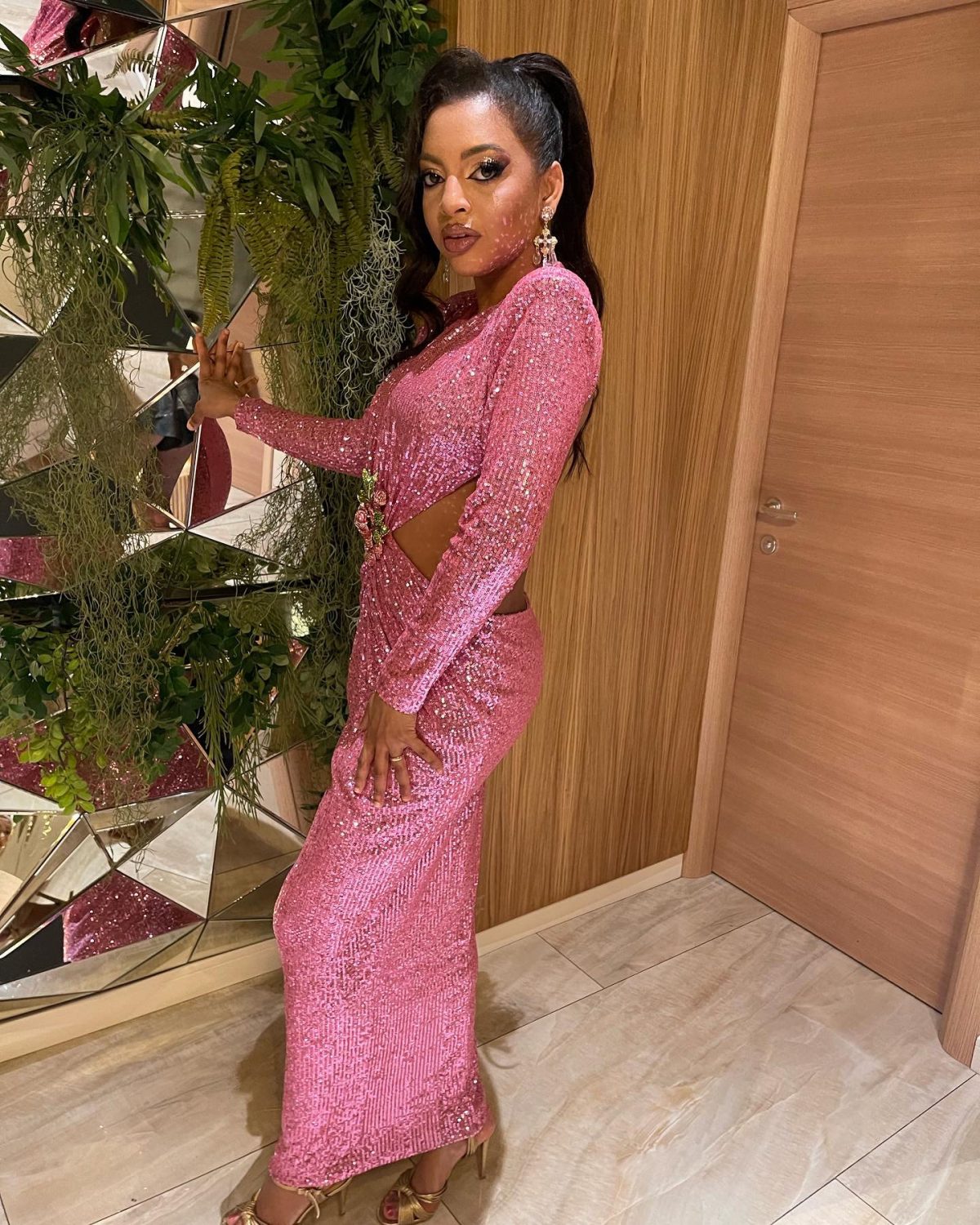
The exceptions were few and many seemed to adhere to a specific look/body aesthetic. The bodies tended to share a close resemblance to Kim Kardashian’s. I suppose it is their idea and version of inclusion. This beauty standard, however, reflects more of a symptom of a larger problem. It is representative of the bubble that women find themselves living in that consciously and unconsciously, aggressively influences them to alter and adjust their beauty standards to be liked and accepted.

The countless social media applications with filters, special apps designed solely for editing and airbrushing faces and bodies, the catchy lyrics that we wine and bubble to that speak to the types of bodies preferred all groom us to question what is good enough and what isn’t. Often, they hardly leave any room for us to appreciate and accept what makes us different.
Last December, for New Year’s Eve, I posted pictures to my social media after a party and my friend, with all good intentions, retouched a photo as a joke and surprised me with it. I was not annoyed, more taken aback at how casual and meticulous we have become when it comes to crafting and altering ourselves, how dependent we are on being seen only through filters or edited photos and how comfortable we have become as it relates to living two separate realities.
Even when we aren’t sucked into the editing and filter world, so many of us still find ourselves obsessing over our images and what needs to be fixed. We choose not to post or spend significant amounts of time worrying about how we may be perceived. I personally found myself thinking of how I might look if I had my body fat relocated to different parts of me, after my friend sent the edit.
According to study author Dr Lisa Ishii of the division of facial plastic and reconstructive surgery at Johns Hopkins University in Baltimore, plastic surgery has become more of an enticing option as people are more exposed to social media and what filters provide as regards their personal appearance. In a separate study done in 2018, some 55% of plastic surgeons reported that clients’ requests were based on social media filters that they had used in the past.
This might seem laughable to speak of but for those who battle with severe self-esteem issues, such exposure can turn into a destructive obsession.
Doctors have classified this as a mental illness called body dysmorphic disorder, with varying levels on the spectrum, which is said to result in social isolation, depression and avidly seeking cosmetic surgery. The casualness of this reality has been coined by Dr Tijon Esho as the Snapchat Dysmorphia, named after the app.
I suppose what the so-called perfect images do, when I think of all of this, is solidify how casually self-hate can be developed even when something promotes ‘beauty’. As the images get liked and shared and pop up on our pages, it can feel as if we are faced with those filters somewhat existing in real life. As beautiful as they may be, it is so crucial to remember that they represent only one dimension of beauty; mere pixels of selected moments that the person chose to post. While it might be entertaining and fun to browse all these photos, it might also be a good time to filter the standards you are steadily exposing yourself to.






